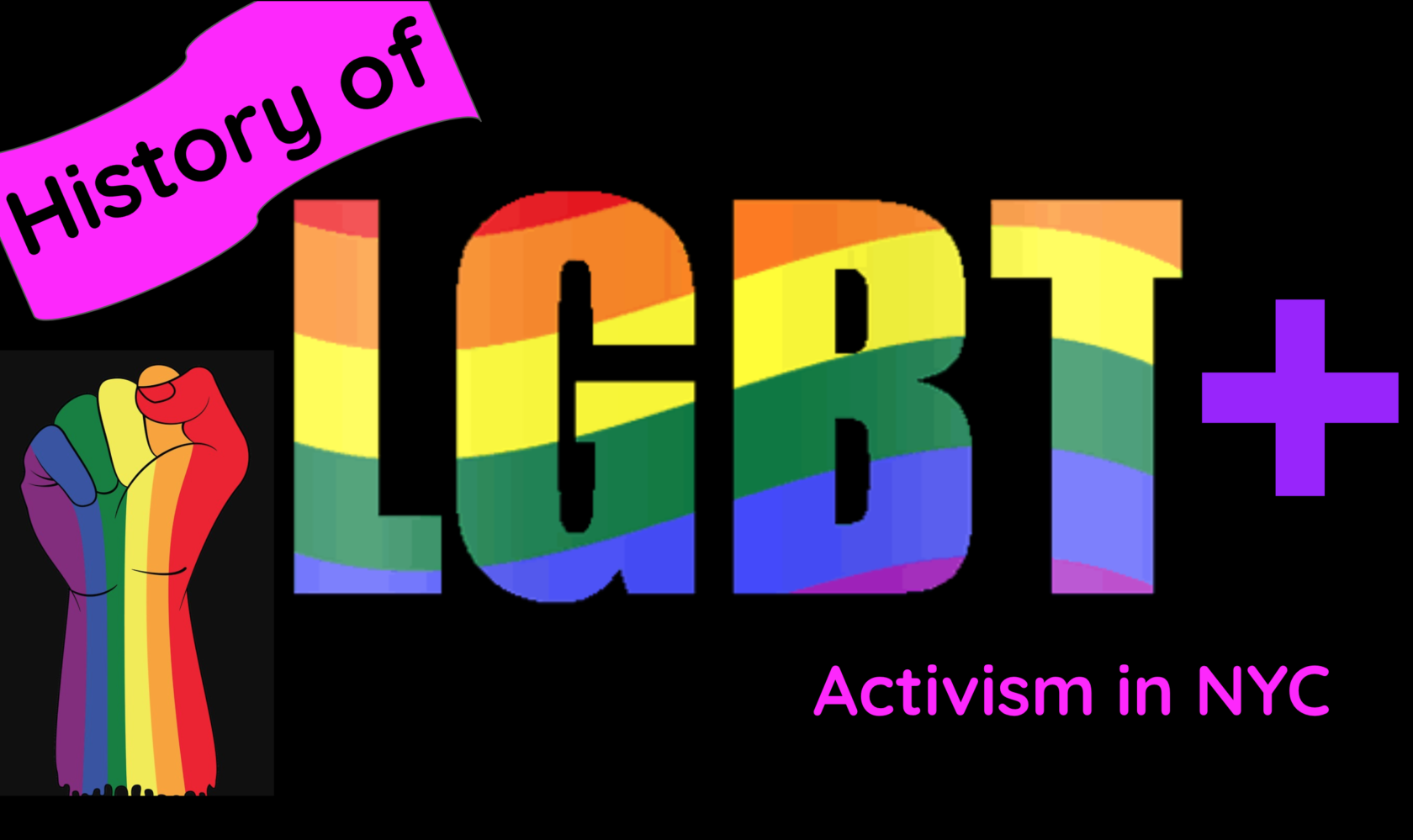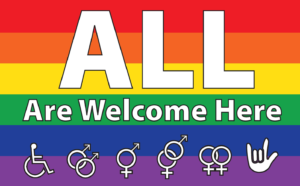PA Grant Report:
Creating New Curriculum to Foster Inclusive Classrooms
November 05, 2021
by Emma Jaye Shoots, Lower School Teacher
My deepest thanks to the MMFS Parents Association for providing me with the opportunity to pursue professional development and create new curriculum for the lower school.
This journey began in the spring of 2021 as I worked alongside some fellow lower school teachers to create a new social studies unit, History of Activism in NYC. My co-teacher and I were responsible for creating a unit on LGBTQ+ activism. As we delved into teaching and guiding discussions with our students, it became apparent that we needed to expand and revise the foundational work of unpacking identity and gender and to develop practices in the classroom to foster inclusive conversations.
To begin my work I attended a workshop led by Kelly Bird, “Creating Classrooms that Embrace Difference.” This workshop focused on creating conditions for inclusive classrooms in which students can examine and share their own identities. One method was to use storytelling to weave students’ lived experiences and stories into the text of the classroom. In addition to expanding my understanding of Culturally Relevant Pedagogy (Gloria Ladson-Billings) and Windows and Mirrors (Emily Style), particularly helpful were the Anti-Bias Goals for Young Children (Louisa Derman-Sparks). These goals–Identity, Diversity, Justice, and Action–became the framework for organizing new curriculum material.
Drawing upon the goals and methods of the workshop, I created a gender and identity scope and sequence spreadsheet that organizes related existing lower school teaching material, links lessons from Learning for Justice and GLSEN, and includes new lessons and activities I created. The lessons are laid out according to the anti-bias education goals and aim to increase awareness and understanding of multifaceted identities, examine the actuality and validity of differences, explore the ways we are advantaged or disadvantaged by our identities, and arrive at the LGBTQ+ curriculum as a history of social justice activism. Additionally, I consulted with Deborah Edel of the Lesbian Herstory Archives to share my work and receive her feedback. This scope and sequence has been shared with the 3rd grade curriculum teaching team. It is currently being taught during Community and Identity times.
Thank you again for this opportunity. It is my hope that this scope and sequence and the lessons I have developed will support the lower school community in learning about identity, gender, and LGBTQ+ history, and will create inclusive classrooms that honor our multiple identities and foster our sense of belonging.
